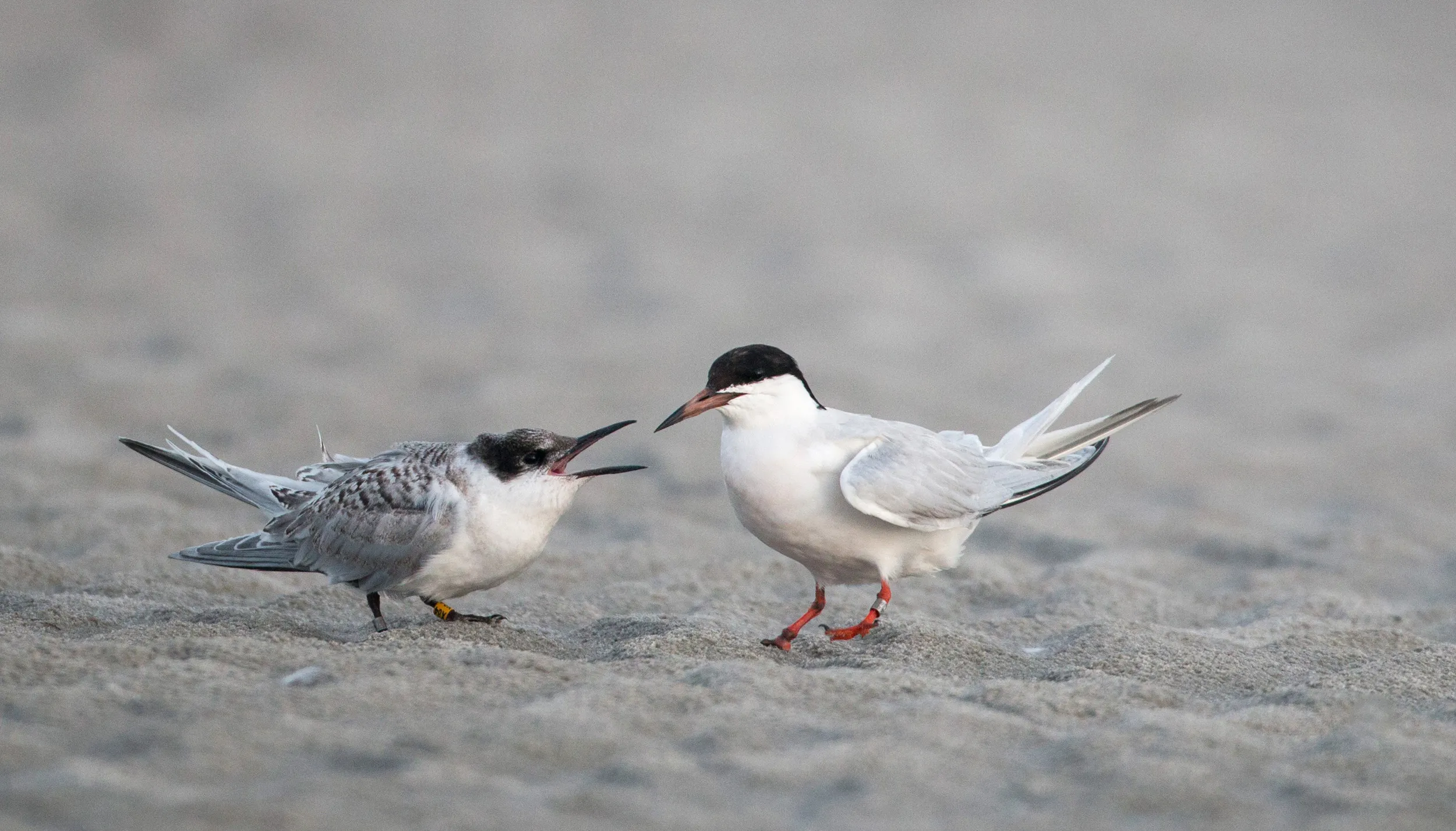Hang hammocks for seabirds
When endangered seabirds run out of room to raise their young, what do you do? You hang some hammocks of course...With the help of a nature-saving hero named Anvilman.
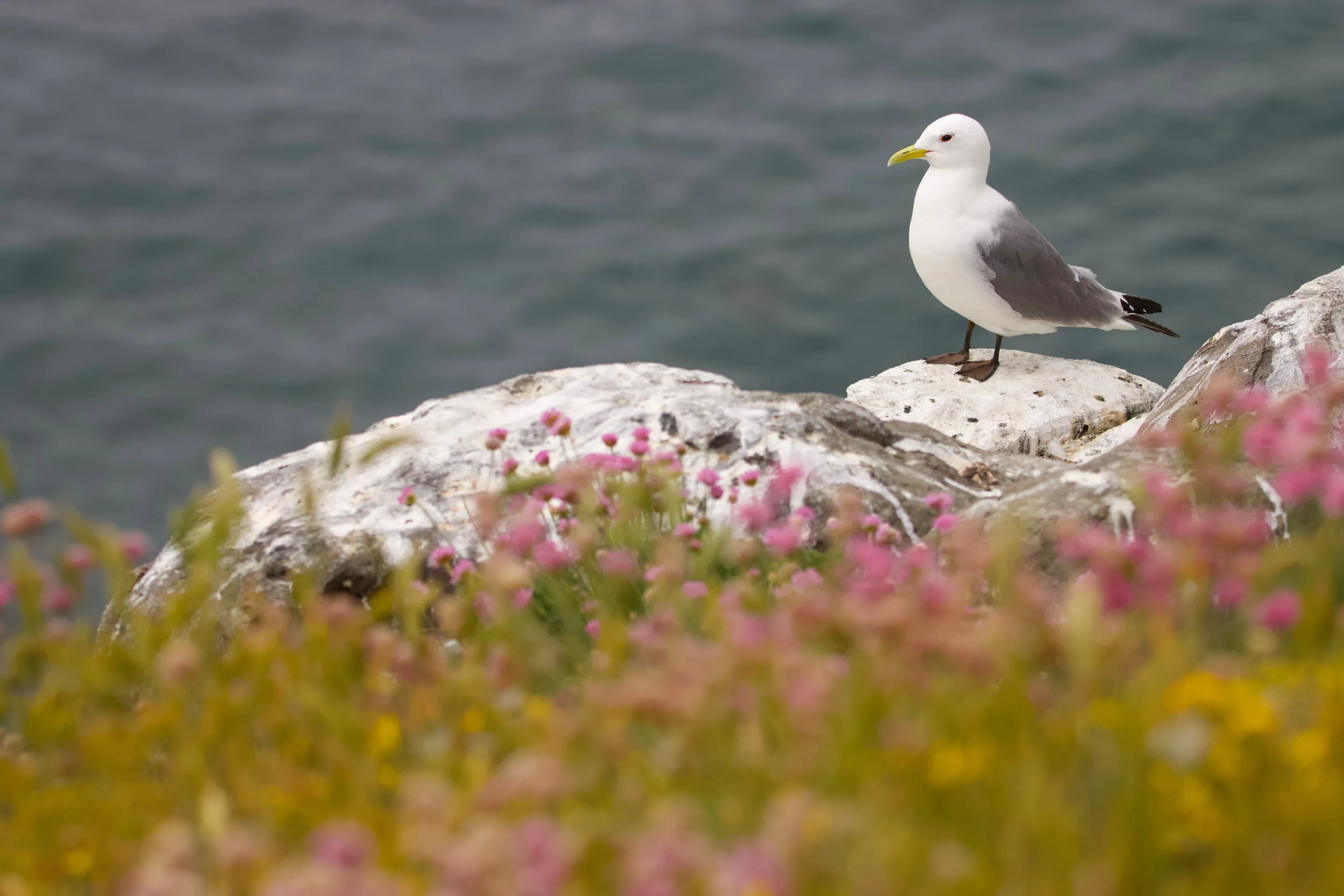
On this page
Hang hammocks for seabirds
Kittiwakes are in real trouble. This Red Listed small gull has declined by 40% globally since the 1970s and is now threatened with extinction. Avian Flu has not helped, with the devastating outbreaks killing thousands of seabirds around the UK. But before the virus hit, on a small island off the Northumberland coast, Kittiwake numbers were on the rise. When the gentle-looking gulls ran out of room to raise their young, an ingenious plan was hatched, involving skill, stainless steel and fire.
Island of hope
Kittiwakes love to tell you their name. “Kittiwake, Kittiwake” they cry, probably because they’re tired of being mistaken for a Small Herring Gull. Before Avian Flu hit, their calls had become an increasingly common sound on Coquet Island since they first arrived on the rocky outpost in 1991. So much so they were running out of cliff face on which to breed.
In 2019 the RSPB team who work there carved out 50 extra ledges into the cliff face at the end of the season. The following summer they were all full, with numbers rising to 453 pairs. With carving taking too long, the team wanted to create a faster, cheaper and easier way of providing nesting sites. The solution was hammocks, made of stainless steel. There was only one man for the job of making them...The Anvilman.
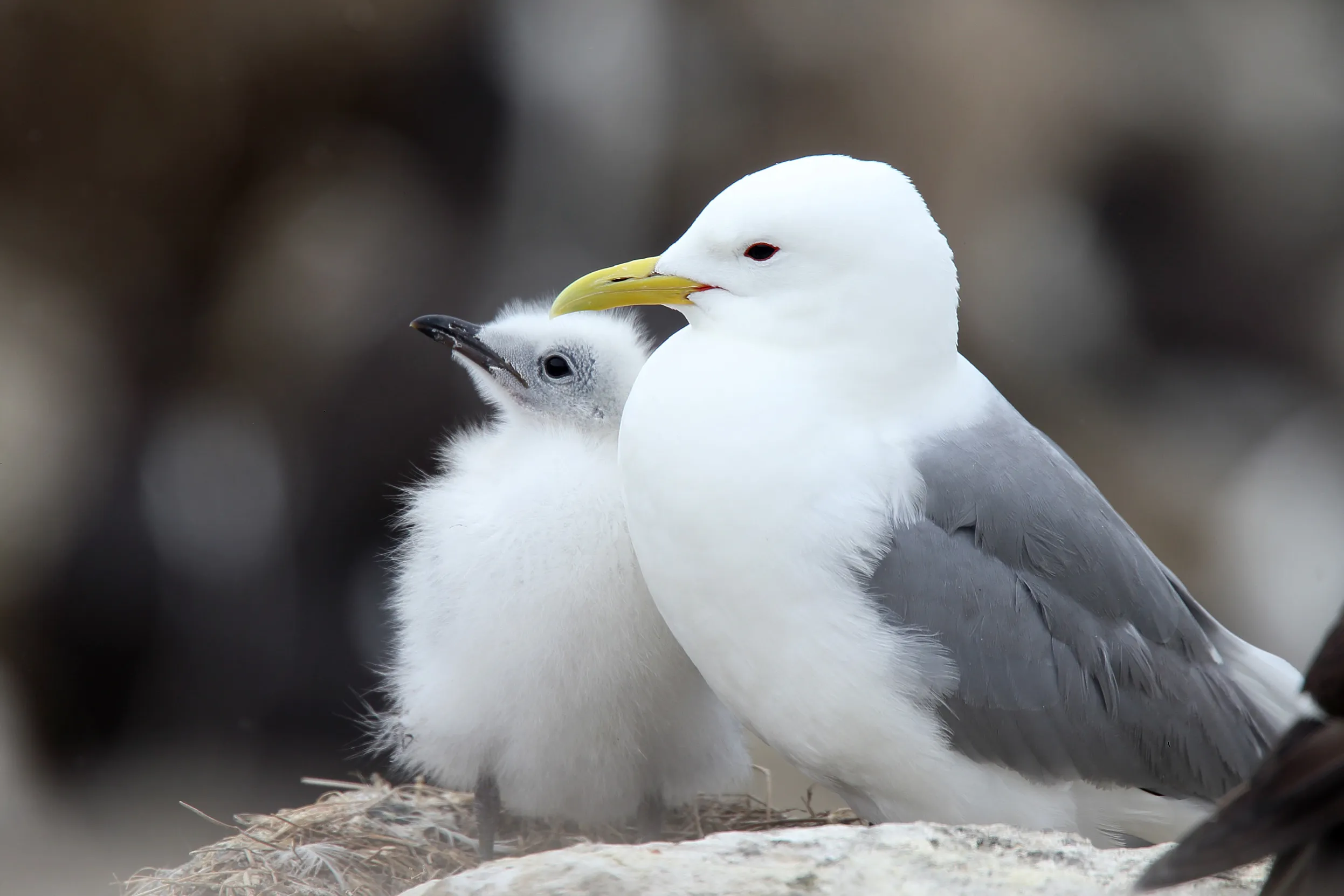
The Anvilman
Blacksmith and artist Stephen Lunn, aka Anvilman, has a soft spot for Coquet Island. He has helped the team there with metalwork tasks for more than ten years and is a long-term volunteer, having fallen in love with the wildlife and sense of isolation.
He said: “There have been many unusual items asked for to help nature and the wardens over the years, but Kittiwake hammocks l was not expecting.
“A lot of thought and planning was needed to get them right. We needed to think about the conditions, the type of rock, visual impact...the list goes on. But of course, the most important thing was, will the birds accept them as a place to raise their future offspring? The planning involved a great deal of teamwork, with everyone on the island adding their expertise in designing them.”
.jpg)
Hammock homes
Once up, the hammocks were an instant hit, with Kittiwakes soon moving in and successfully raising young. It is something which gives Stephen great pride.
He said: “Every time I am asked to make something that helps wildlife l have to pinch myself to make sure l am not dreaming. At my forge l have planted an arboretum and dug out a large wildlife pond to help, in a small way, the wildlife around me. I allow the Swallows, Blackbirds and Robins to nest in my workshop by having holes in the buildings. I've worked out 62 chicks have fledged this year so far.
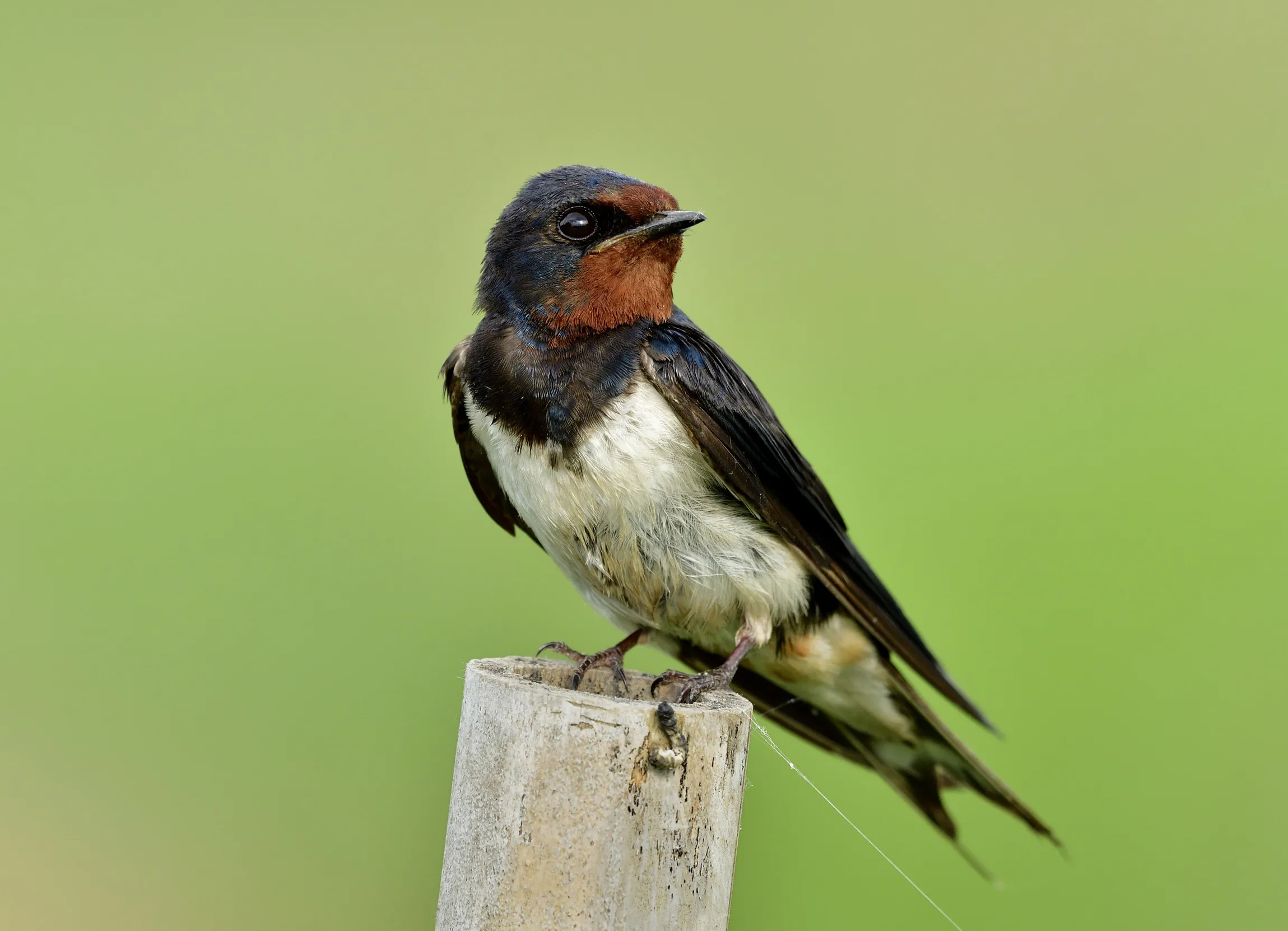
“But to make something that has a huge impact on helping wildlife which is immediately appreciated is fantastic. Within hours of putting them up, they were prospected and used as nest sites, allowing more chicks to be raised than would have been possible without our small contribution.”
The project has had a lasting effect on Stephen, so much so that the Kittiwake is now his favourite bird.
He said: “Before this, they were not my favourite kind of bird. They were off my radar as they’re such a quiet, keep out of your way, kind of bird. But if you ask me now, yes, they are my favourite bird. Hopefully some are flying around right now which l may have contributed to their existence.”
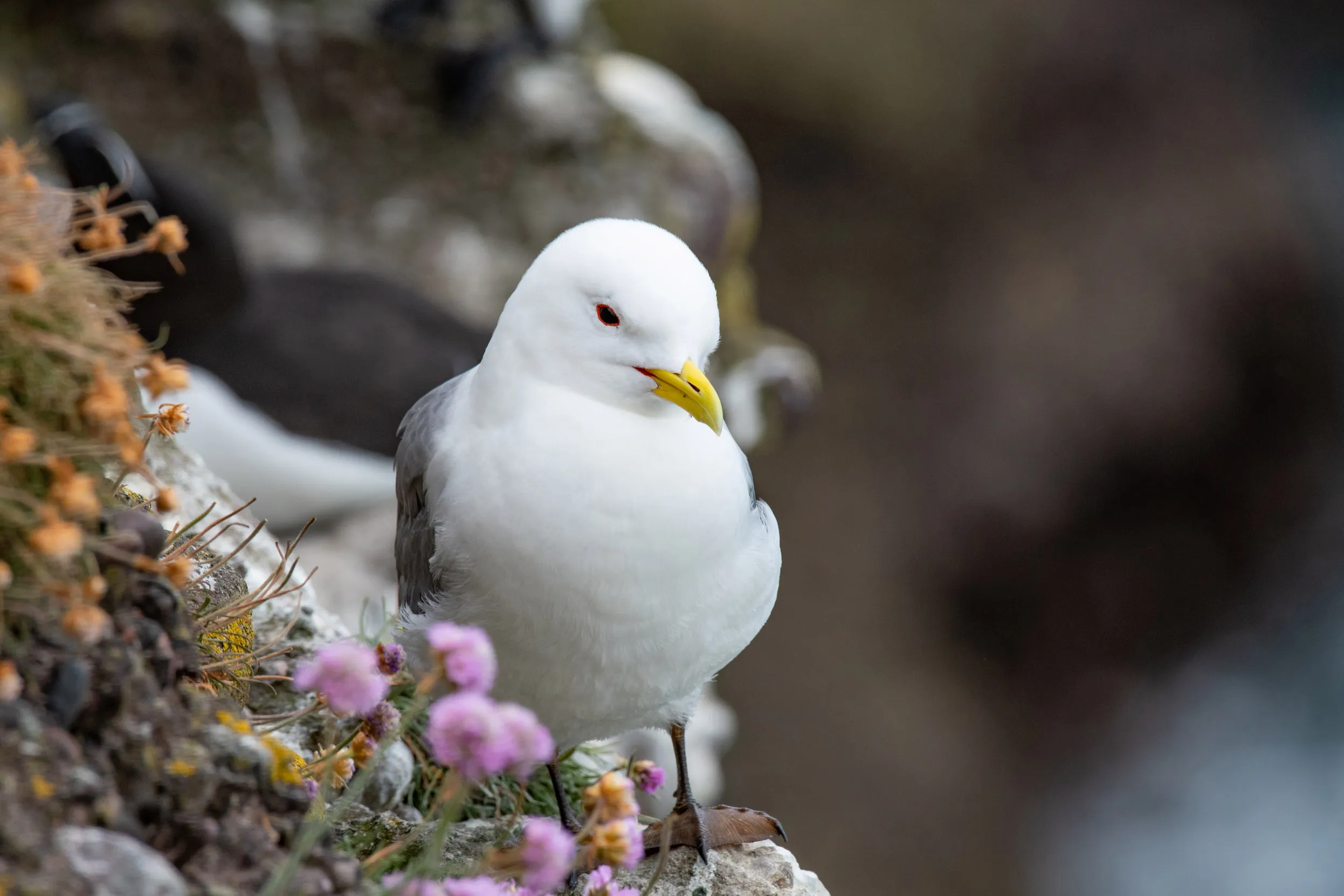
Avian disaster
Like so many of the UK’s seabird colonies, 2022 has been a year of disaster on Coquet Island. Usually around 83,000 seabirds breed here, but the largest ever series of outbreaks of Avian Flu in the UK has wiped out huge numbers of gulls and terns. Thousands of birds and their chicks have died. Paul Morrison, who has worked and volunteered on the island for 38 years said he has never seen anything like the losses he has seen this year.
He said: “It’s been happening in front of my eyes and I’m heartbroken. This year we were heading for a record year, we’d completed the data counts across all the species, and we were feeling optimistic, but then along came the virus.”
Many of the birds affected were already in real trouble, such as Herring Gulls, Sandwich Terns and Roseate Terns. These outbreaks have only added to the precarious position many of our seabirds are in.


